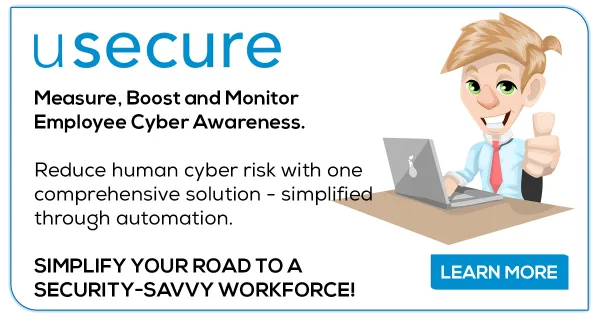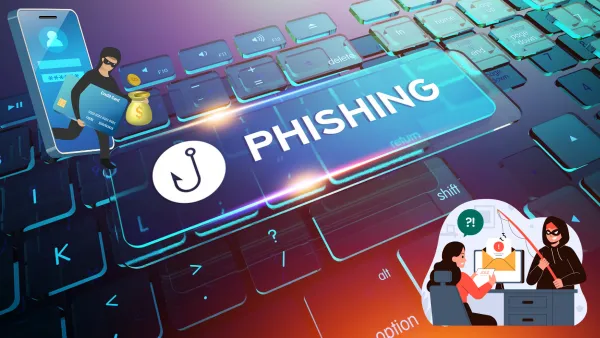
5 Common Phishing Attacks that you need to share with your friends, family and work colleagues...
First of all, what is phishing?
Phishing is a form of cybercrime where individuals or organisations attempt to deceive and trick people into revealing sensitive and confidential information, such as login credentials, credit card numbers, or personal details.
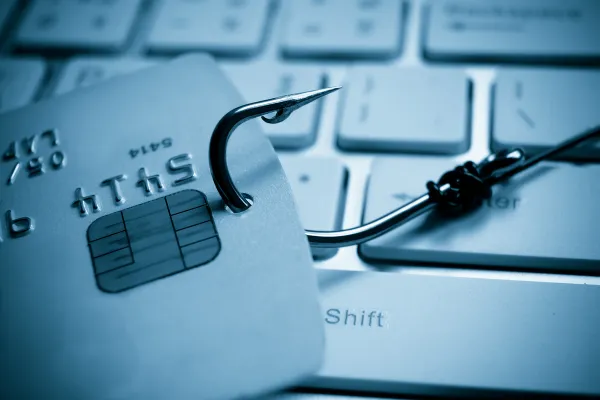
Spear Phishing
A highly targeted form of phishing, this attack vector is used to send emails to specific and well-researched targets, while claiming to be from a trusted sender.

Vishing
Also known as "Voice Phishing", an attacker will make phone calls while pretending to be fro a reputable company, in order to induce individuals to reveal personal information.

CEO Fraud
A social engineering technique where an attacker impersonates the CEO / a senior figure, to trick internal staff into sending payments or sharing sensitive data.
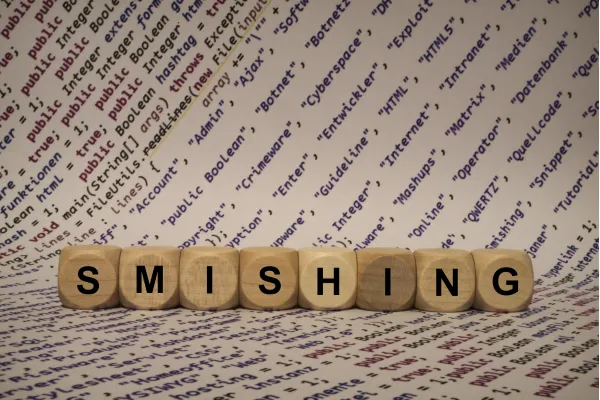
Smishing
Also known as 'SMS Phishing', an attacker will send text messages claiming to be from reputable companies, in order to trick people into giving away personal information.
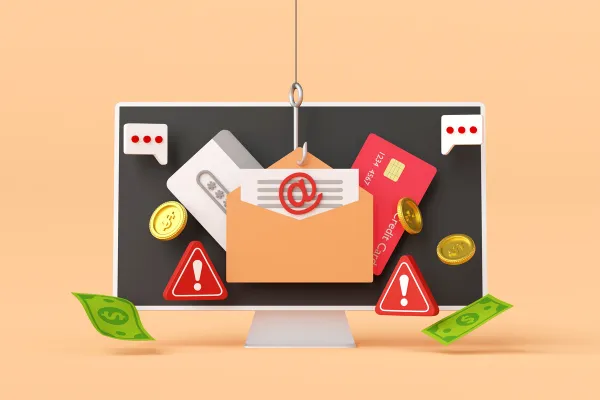
Email Phishing
The fraudulent practice of sending emails claiming to be from reputable companies, often for financial gain or to encourage individuals to reveal personal and sensitive information.
Protecting yourself from phishing requires vigilance and caution when interacting with online content.
Always ensure you help to stay safe with these essential tips:
- Be cautious of suspicious emails, messages, or requests.
- Verify the sender’s identity and contact them to confirm.
- Use antivirus software and keep it updated.
- Keep your software and browsers up to date.
- Enable two-factor authentication when possible.
- Learn about common phishing tactics.
- Check for a secure website (https://) before sharing info.
- Never share sensitive info via email.
- Be cautious of caller ID spoofing.
- Report phishing attempts.
